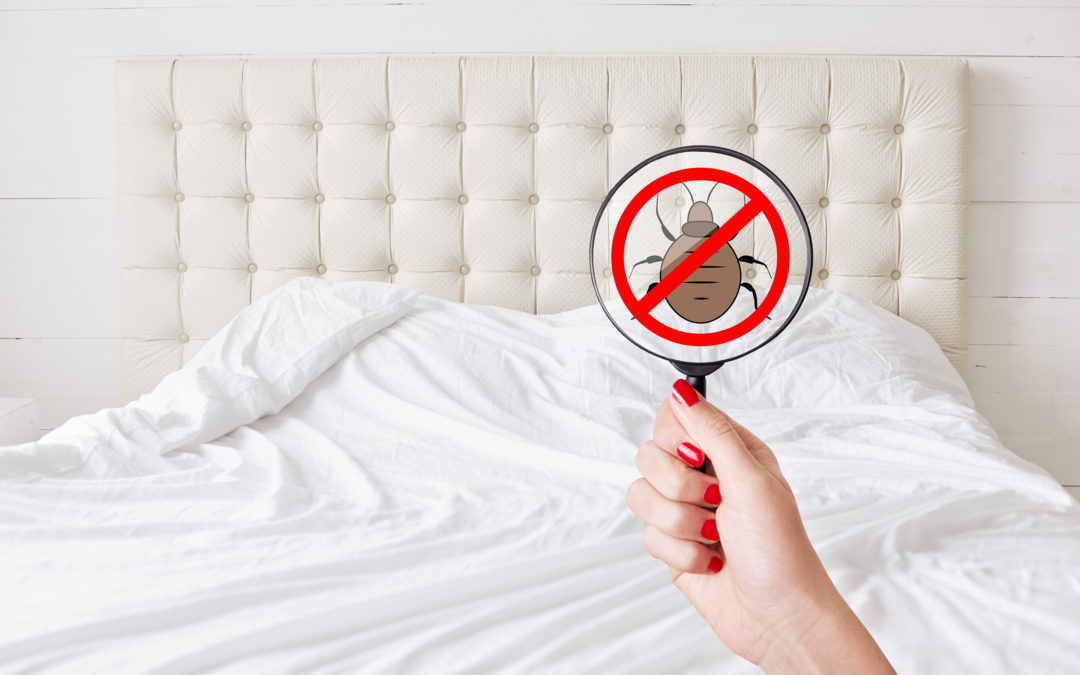One significant outdoor shift as winter progresses is the absence of Troy flying insects such as mosquitoes, flies, and bees. We connect these pests with summer and fall, a threat to outdoor activities, and are thankful that their stings and bites are relieved by the colder weather. Yet a lack of flying pests during the winter doesn’t mean a lack of all the pests.
Troy – These are some ways for Pest-Proofing in the Winter
Whereas in the summer mosquitoes and bees were flying overhead, during the winter, rats, cockroaches, and spiders could crawl underfoot. These pests are searching for protection from the cold, and our warm homes do seem cozy to them, unfortunately.
It’s necessary to take preventive steps to keep out pests because they can cause more hazards in the corner than just the cobwebs. Rodents are known to carry diseases including Salmonella and Hantavirus, some spiders can bite, cause serious side effects, and cockroaches can be a trigger for asthma and allergies.
Troy – These are some ways for Pest-Proofing in the Winter
The National Pest Management Association (NPMA) has many tips each homeowner can use to help prevent these winter pests from gaining access to the home.
- -Seal cracks and holes outside your home to help stop rodents from getting in. Test the areas into which utilities and pipes reach the house. A mouse the size of a dime can fit through a hole.
- -Replace loose mortar and weather stripping around the basement foundation and windows.
- -Store a minimum of 20 feet of firewood from home. Mice and ants can make their nests in woodpiles, and when the pile is nearby, they can easily access your home.
- -Rodents will hide in the clutter, so keep well-organized storage areas, and store boxes off the floor.
- -Eliminate all places of moisture including leaking pipes and obstructed drains. Kitchens and bathrooms should be given special care, as these areas are especially vulnerable to infestations of cockroaches.
- -Install door sweeps and repair damaged screens in windows.
- -Screen vents to chimneys. Maintain well ventilated and dry attics, basements, and crawl spaces.
Below are brief descriptions of some of the most common Troy winter pests:
-Winged Carpenter Ants:
Flying ants are rarely a positive sign in the home, and this is particularly true if they are seen indoors during the winter. Finding a winged ant or two indoors during the summer does not automatically mean that there is a problem, but if winged ants are seen in the home during the winter months, there is a high possibility that the structure may have a carpenter ant nest.
-Mice:
A wily, curious rodent, the house mouse is the most common of mice that invade the home. Cute, maybe, in a pet store cage, but not so cute when it wants to make a home for your house.
-Fruit Fly:
The fruit fly is one of the most common, and one of the smallest flies found in the home. It is often unknowingly brought into the home on fresh fruits and vegetables.
-Spiders:
There are over 35,000 recognized spider species in the world, with only about one-tenth (3,500) of those occurring in the U.S., and sometimes about one-tenth (350) of those occurring in any area. Spiders are usually beneficial animals, preying and feeding on flies, crickets, mites, and other rodents in households and yards. Many are completely harmless to humans. But when they get into your home, they can be a nuisance.
Winter brings enough wind, snow, and frost to worry about home damage. Following such tips will help reduce your home’s chances of having certain seasonal pest-related problems. Your home becomes a healthier place to host holiday parties and spend time with family when winter pests are kept outdoors, and that’s what the season should be all about.

